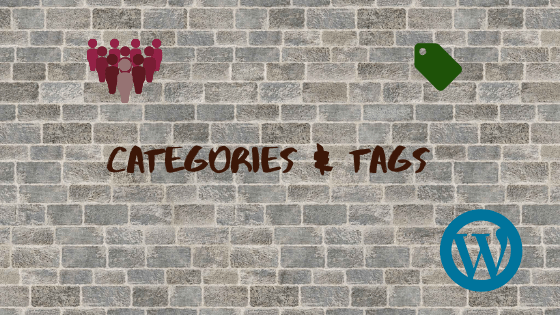If a website keeps posting random content without headings and titles, how can one understand about products the site is selling? To simplify the users’ thought process, WordPress sites generally categorize the content. A website may have multiple products and services. For a customer to reach till the exact product or service of a site is the ultimate task of any website. Categorizing and tagging multiple products brings down the chaos from a customer’s point of view. It is essential for a site admin to know the difference between categories and tags to make the site SEO friendly.

While editing a post, WordPress categories and tags appear on the right side of the sidebar. If you know how to duplicate WordPress post, it is much easier to understand this concept. Organizing content requires the categorizing of the products and services. It also helps in SEO management. It’s primarily a way of grouping your website’s content. Categories can be treated as the usual labeling whereas tags are product and service-specific.
Categories: A category can be identified as a concept or a bunch of concepts linked to each other. Let us find an example. If we have a product ‘’handbag’’, how can we categorize it? An e-commerce website categorizes handbags in handbags section, Cloth accessories for women, women accessories, luggage, etc. All of them are correct. So, this explains that a particular post can belong to multiple categories simultaneously. The basic idea is to facilitate the customer in finding the right product he/she wants to search for.
Go to the WordPress dashboardàpostsàCategories
To assign a few products or services into a category, the following are necessary.
Pre-requisites:
- Name of the product or service
- URL
- Product description
- It’s status as a parent category or any bigger one
Tags: Tags help customers in finding the exact product while using keywords. Assigning tags is a creative job as a site admin has to tag the most common search words customers use. Blog categories and tags together uplift the SEO searchability of a product or service. A good example of óf tags is as follows.
If Roger Federer lost to Gregor Dimitrov in the US Open, the tags to be assigned to the post are as follows:
Roger Federer, Tennis, US Open, Gregor Dimitrov, Ace, Men’s Singles etc.
Difference between categories and tags:
The difference between categories and tags lies in the way you frame them. If categories specify the type of the post or its genre, tags describe the product in detail. Both the categories and tags should together bring up the product or service in SERPs (Search Engine Result Pages).
Differentiate between the two and Wisely connect them to get amazing results in searchability. An added SEO plugin may suggest you affix categories and tags to your products and services. In case if the customer is unable to reach the right product, be available to your clients on WhatsApp through CLICK TO CHAT enabled on your website.